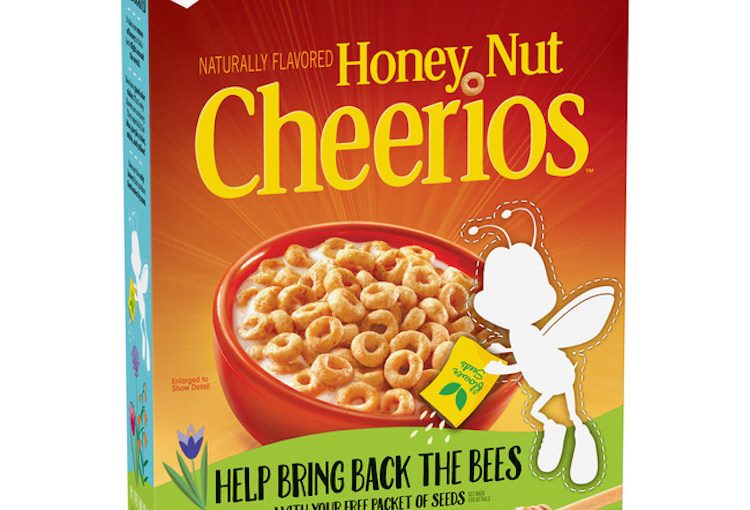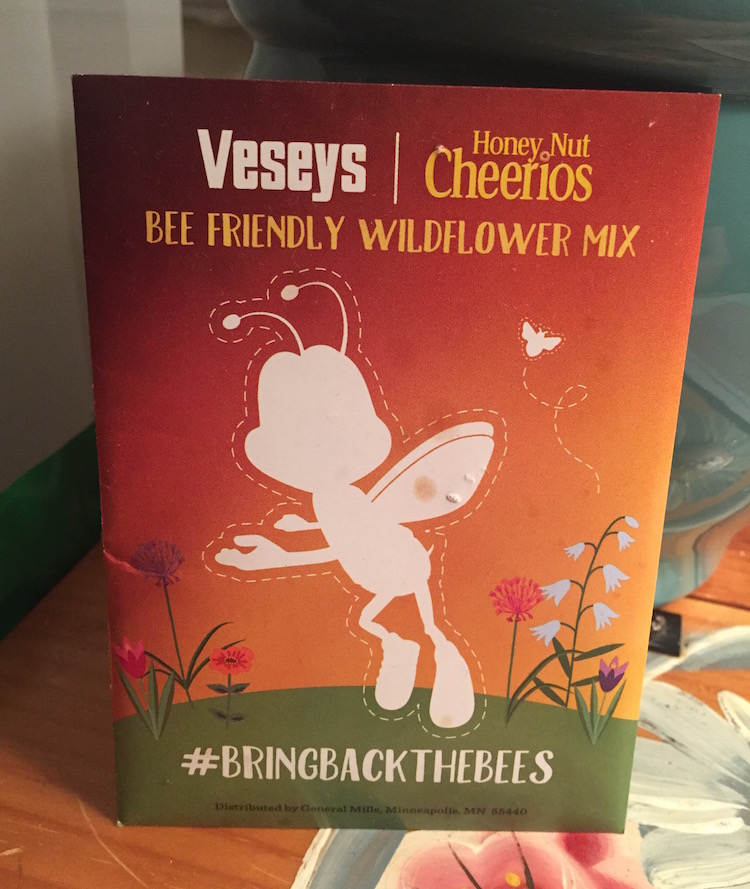
Perhaps you’ve noticed someone missing from the cereal aisle recently… our good friend Buzz, mascot of Honey Nut Cheerios, has gone AWOL. Honey Nut Cheerios has done something unprecedented. They’ve pulled their ever-faithful mascot, Buzz from all marketing, product packaging, and brand materials. But why?
The world’s pollinators are in danger. Often seen as pests with painful stings, honey bees (and all bee varieties) are actually essential to the world’s ecosystem. According to Greenpeace’s Save The Bees campaign, “two thirds of the crops used to feed people, accounting for 90% of the world’s nutrition, are pollinated by bees.” With deteriorating colony health, pollinators everywhere have been disappearing by the millions. And along with them, many of our favorite treats could disappear as well; in particular, the honey needed for Honey Nut Cheerios.
How does a disappearing bee population translate into a nationwide marketing campaign? Two words: Cause Marketing.
Cause Marketing: a form of marketing in which a company and a charity team up together to tackle a social or environmental problem and create business value for the company at the same time.
Maybe helping others while also helping yourself sounds a little two-faced. If done wrong, it can come off that way. But when executed properly, a brand is seen as philanthropic and wholesome, boosting their public persona and, in turn, sales.
The campaign goal is simple: plant flowers to save the honey bees in order to bring Buzz back. “As a General Mills cereal built around nutrition, helping pollinators get the key nutrition they need through fun, family-friendly activities like planting wildflowers is a natural fit,” said Susanne Prucha, director of marketing for Cheerios. The campaign launched with the disappearance of Buzz and a dedicated micro-site, where you could register to receive a packet of wildflower seeds of your very own. The giveaway was designed to get Cheerios fans to do their part to #BringBackTheBees. And it worked! Their goal was to give away 100 million seeds. As of the publishing of this article, they had given away over 1.5 billion seeds.

Seed Packet from the #BringBackTheBees Cause Marketing Campaign
Along with the seed giveaway, the microsite features maps, infographics, and interesting video clips about the benefits of bees and all the small ways you can help out. While there is no “hard sell” for the cereal, the entire site is consistently branded with the Honey Nut Cheerios look, feel, and messaging.
Not only did this campaign have a perfectly on-message deliverable and branded executions, it also created interesting fodder primed for a PR pickup. Articles ran on a range of publication sites from AdWeek, to the Washington Post, to Refinery29. Each one highlighted the unique campaign, emphasizing the philanthropic and heart-warming motive for #BringBackTheBees. Overall, a job well done by Honey Nut Cheerios.
Cause Marketing doesn’t only exist on a large scale. You can work it into your own campaign. To start, partner with local charities, schools, and community groups. Try to find something meaningful and related to your brand. Cause Marketing is rooted in community connection and working toward the greater good, a noble cause that can be found in marketing campaigns large and small.